Aruba is an island and a constituent country of the Kingdom of the Netherlands. It is located in the southern Caribbean Sea, 18 miles north of Venezuela.
Oranjestad, literally translated to "Orange Town" is the capital and largest city of Aruba. Located on the southern coast near the western end of the island country. Oranjestad is often referred to simply as "Playa" in the local language, Papiamento.
With warm, sunny weather majority of the time on Aruba, unlike much of the Caribbean region, is considered due to its dry climate and arid, cactus-strewn landscape.
From the Spanish "Oro hubo" which means "there was gold"; and several native names that include "Oruba" which means "well-placed"; "Ora" meaning "shell" and "Oubao" meaning "island".
The earliest settlers of Aruba are believed to have been Caquetío Amerindians from the Arawak tribe, who migrated there from Venezuela leaving to escape attacks by the Caribs.
The first exploration of Aruba by Europeans was on behalf of Spain by explorers Amerigo Vespucci and Alonso de Ojeda in the summer of 1499. It is said that both men described Aruba as an "island of giants", remarking on the comparatively large stature of the native Caquetíos compared to Europeans.
Together with Bonaire and Curaçao, Aruba forms a
group referred to as the ABC islands.
Collectively, Aruba and the other Dutch islands
in the Caribbean are often called the Dutch Caribbean.
Approximately nine years after Alonso de Ojeda and Amerigo Vespucci landed on Aruba, the Spanish Crown appointed Ojeda as the first governor of the island. The Spanish first colonized Aruba in 1527 and remained for over a century.
The Netherlands seized Aruba from Spain in 1636 in the course of their Eighty Years' War with Spain. However, not many realize that during the Napoleonic Wars, the British invaded and took control of Aruba for more than a century. However, the Netherlands took it back in 1816 and Aruba officially became part of the Netherlands Antilles in 1845.
Aruba seceded from the Netherlands Antilles in 1986, a victory much fought for by political activist and local hero Betico Croes. In this process of “Status Aparte,” Aruba obtained a separate status as an autonomous country in the Kingdom of the Netherlands. The plan was for Aruba was to become fully independent, however, in 1990, Aruba decided to indefinitely postpone this plan, and in 1995, the petition for full independence was completely repealed.
The same Peter Stuyvesant,
later appointed to New Amsterdam
(New York City) was the first Dutch
individual to govern Aruba from
November and December 1642.
Aruba is known for its white sandy beaches that are cool enough to walk barefoot. The sand's composition of powdery crushed coral and shell keeps the sand comfortably cool even under the hot sun.
Divided into six districts, most of the island's population of 100,000, reside in or around the two major city-like districts of Oranjestad, the capital and San Nicolaas.
With a Dutch majority (approx 81%), the island's population also includes Colombian, Venezuelan, Dominican and Haitian.
Dutch is used for legal and administrative, while Papiamento is the predominant language spoken. It is a creole language, spoken on Aruba, Bonaire, and Curaçao, that incorporates words from Portuguese, West African languages, Dutch, and Spanish.
1000 year-old pictographs are available to view. Fontein and Guadirikiri caves are a great attraction to see many of these old cave paintings.
Due to the the western and southern coasts of the island being relatively sheltered from the fierce ocean currents, this is where tourism has been developed. Interestingly, the northern and eastern coasts, which lack this protection, are very sparsely populated.
18. Baseball is a major sport in Aruba.
While soccer rules most in the Caribbean, Little League and the PONY Leagues are popular for the youth of Aruba. Arubans have become major players on United States Major League teams, which include, Sidney Ponson, Calvin Maduro, Eugene Kingsale, and perhaps the most famous yet, Xander Bogaerts.
Both wild and safely houses in the island's sanctuaries, these animals are a common sight. The local not-for-profit foundation Salba Nos Burico runs a sanctuary in Santa Lucia for sick and pregnant wild donkeys and since its opening in 2000, the population has been restored from near extinction. The Aruba Ostrich Farm is home to nearly 80 of these large birds.
Arikok National Park is home to rare animal species and plant life that are indigenous to the island. It is also home to a variety of unique attractions and cultural heritage sites, including spectacular caves, original Indian rock drawings, unusual land formations made from lava, quartz diorite and limestone, guided nature walks through dry river beds to secluded bays like Moro, Boca Prins and Dos Playa.



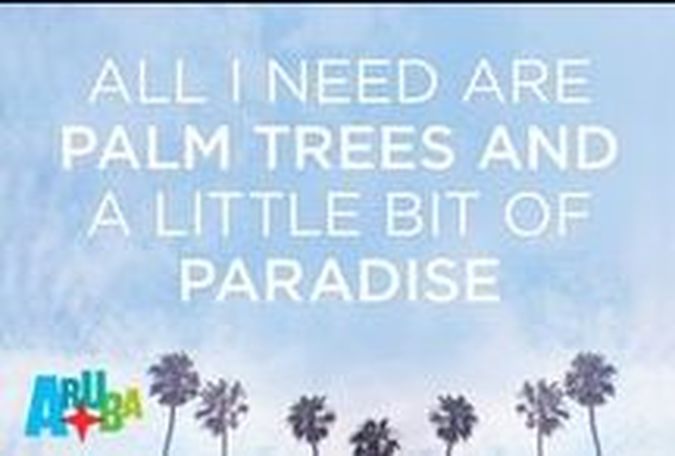
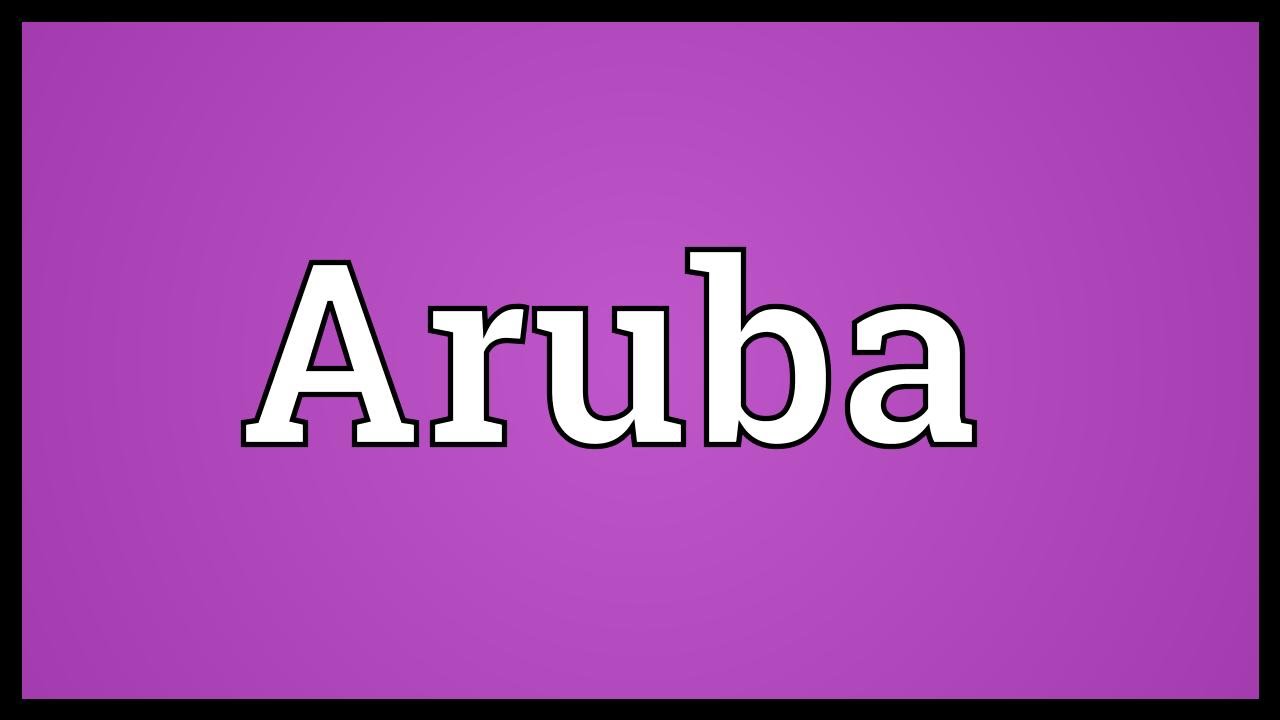

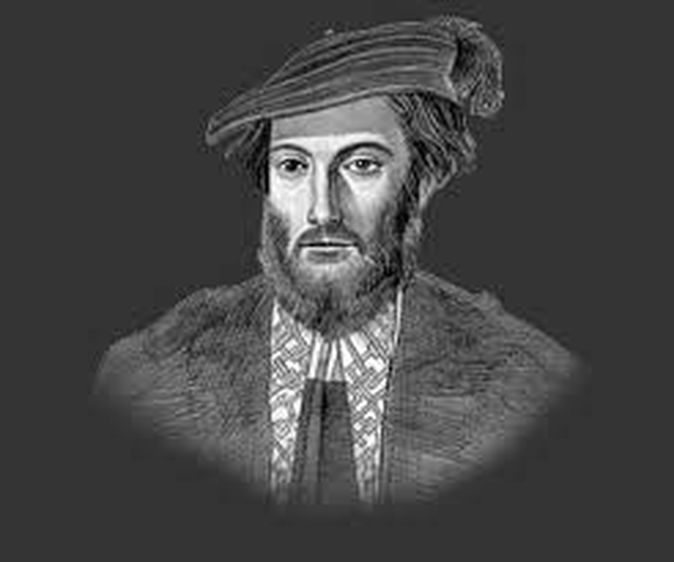
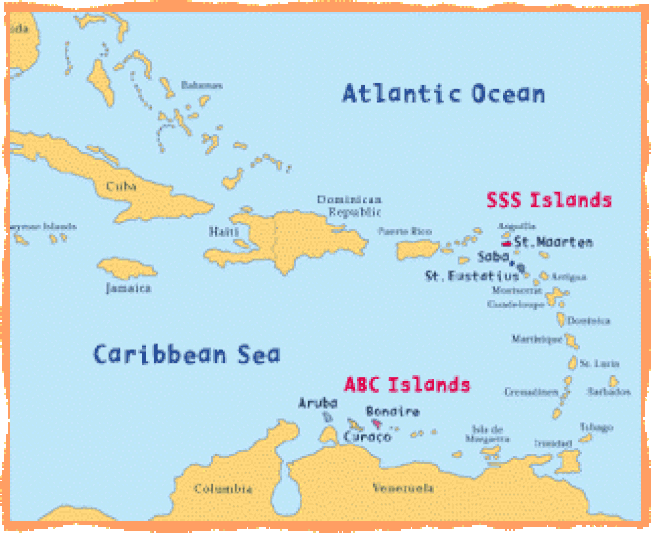
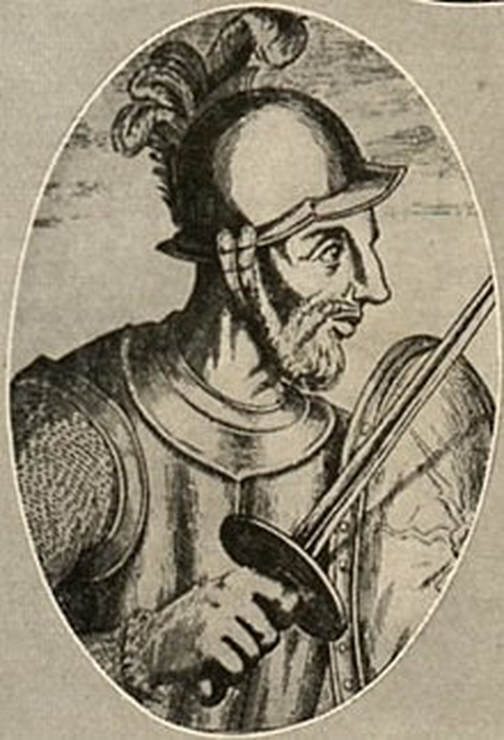
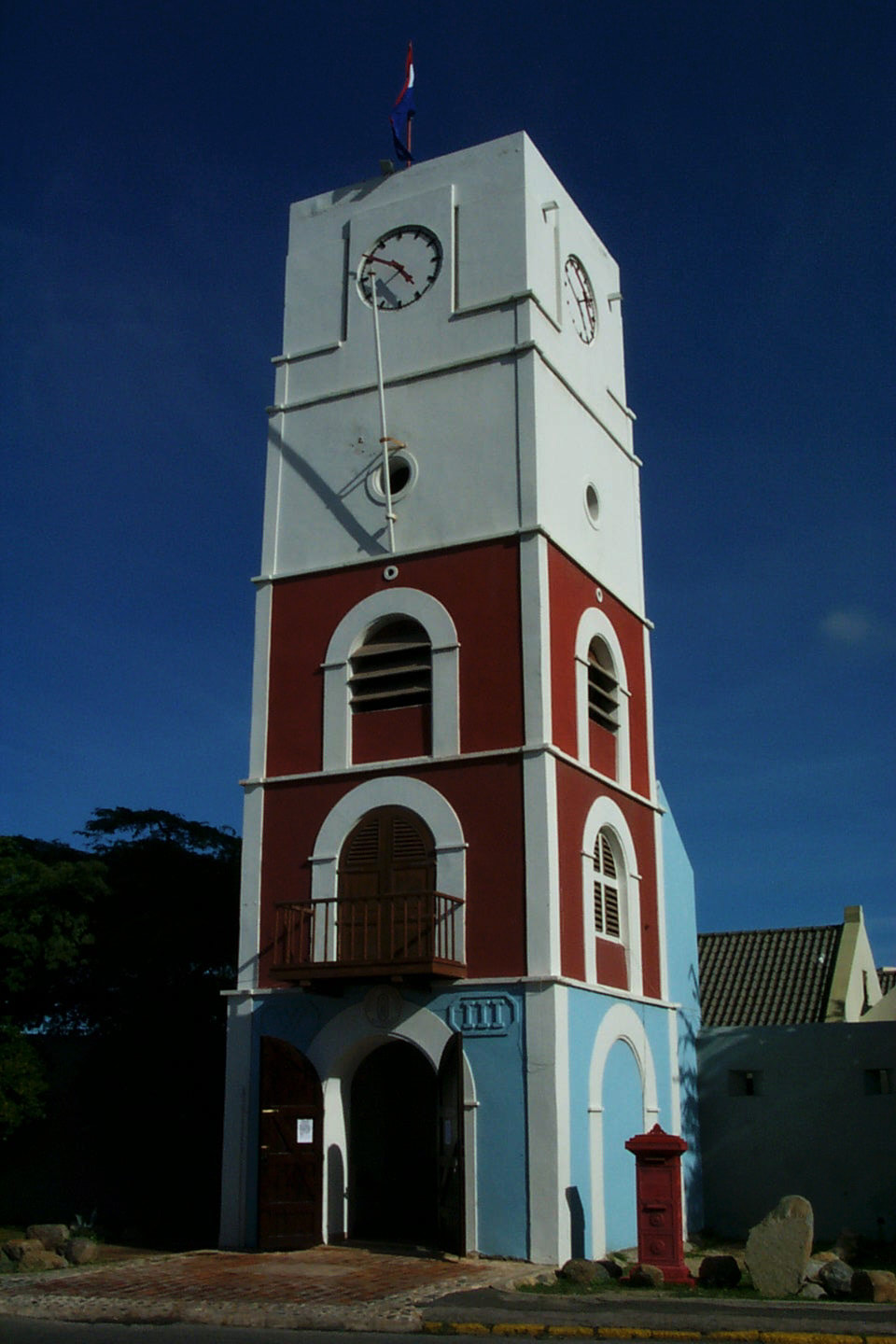

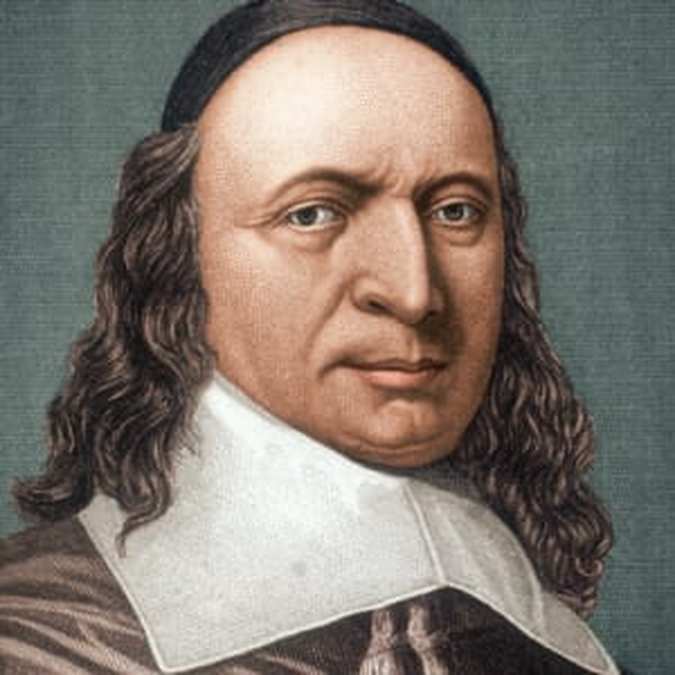

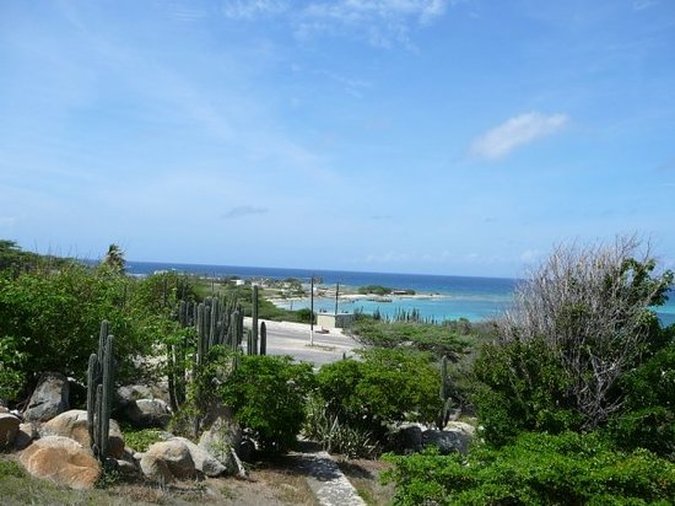


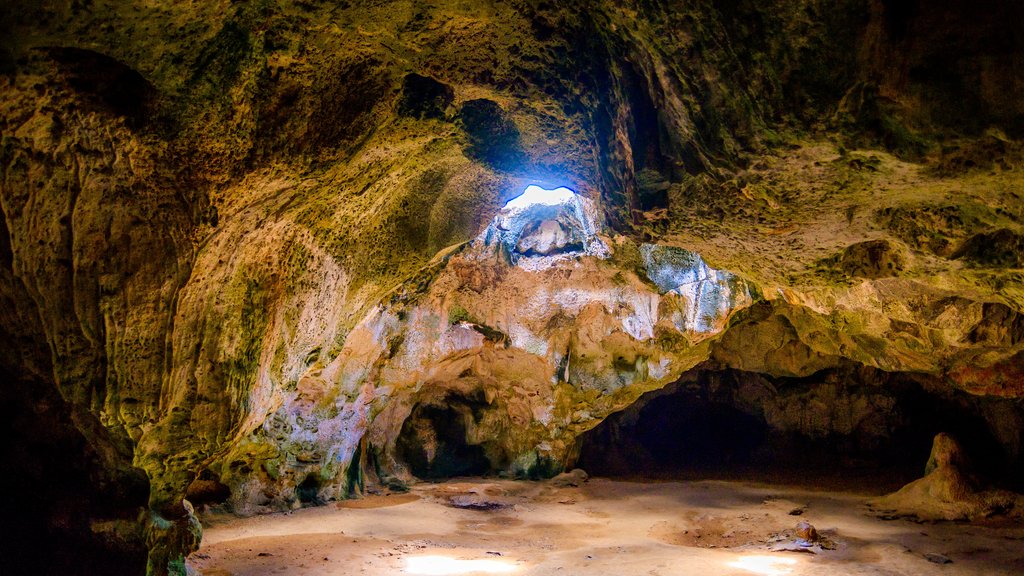




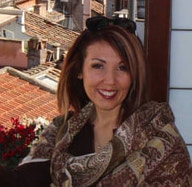



 RSS Feed
RSS Feed